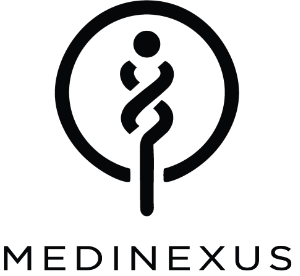DOI: https://www.mdpi.com/2072-6643/13/3/903
Milica Zrnic Ciric 1,*, Miodrag Ostojic 2,3,4,5, Ivana Baralic 6, Jelena Kotur-Stevuljevic 7 , Brizita I. Djordjevic 1, Stana Markovic 6, Stefan Zivkovic 6 and Ivan Stankovic 1
1 Department of Bromatology, Faculty of Pharmacy, University of Belgrade, Vojvode Stepe 450, 11221 Belgrade, Serbia; brizitadjordjevic@gmail.com (B.I.D.); istank@pharmacy.bg.ac.rs (I.S.). 2 Faculty of Medicine, University of Belgrade, 6 Dr Subotica Street, 11000 Belgrade, Serbia; mostojic2003@yahoo.com. 3 Institute for Cardiovascular Diseases “Dedinje”, Milana Tepica 1, 11000 Belgrade, Serbia. 4 Department of Cardiology, University Clinical Centre of the Republic of Srpska, 78000 Banja Luka, Bosnia and Herzegovina. 5 Medical Faculty, University of Banja Luka, 78000 Banja Luka, Bosnia and Herzegovina. 6 Department of Pharmacy, Zvezdara University Medical Center, Dimitrija Tucovic´a 161, 11000 Belgrade, Serbia; ivanabaralic111@gmail.com (I.B.); stana.markovic02@gmail.com (S.M.); zivkovic.stefan@gmail.com (S.Z.). 7 Department of Medical Biochemistry, Faculty of Pharmacy, University of Belgrade, Vojvode Stepe 450, 11221 Belgrade, Serbia; jkotur@pharmacy.bg.ac.rs. * Correspondence: milicaz@pharmacy.bg.ac.rs
Abstract
Dietary supplementation with sugar cane derivates may modulate low-density lipoprotein cholesterol (LDL-C) and proprotein convertase subtilisin/kexin type 9 (PCSK9) levels. The purpose of this study was to determine if dietary supplement (DS), containing Octacosanol (20 mg) and vitamin K2 (45 µg), could restore the disrupted physiologic relation between LDL-C and serum PCSK9. Double-blind, randomized, placebo-controlled, single-center study including 87 patients on chronic atorvastatin therapy was conducted. Eighty-seven patients were randomized to receive DS (n = 42) or placebo (n = 45), and followed for 13 weeks. Serum PCSK9 levels, lipid parameters and their relationship were the main efficacy endpoints. The absolute levels of PCSK9 and LDL-C were not significantly different from baseline to 13 weeks. However, physiologic correlation between % change of PCSK9 and % change of LDL-C levels was normalized only in the group of patients treated with DS (r = 0.409, p = 0.012). This study shows that DS can restore statin disrupted physiologic positive correlation between PCSK9 and LDL-C. Elevated PCSK9 level is an independent risk factor so controlling its rise by statins may be important in prevention of cardiovascular events.


